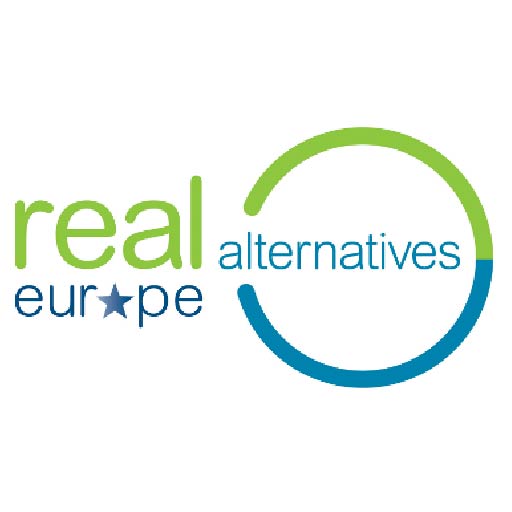Checking your equipment
- On your gauge manifold inspect all seals, valves and connections and replace/repair as required
- Remove all of the old oil from your Vacuum pump, flush through with fresh oil and then recharge the pump with vac pump oil
- If necessary you can run the pump with the valve closed to warm the pump and oil up, drain and flush with fresh oil before again filling.
- To check the operation of the vacuum pump fit a calibrated vacuum gauge to the inlet and achieve the lowest pressure possible. Isolate the pump and watch for any rise in pressure. This may indicate a faulty pump or connection.
Preparing the system for evacuation
- Ensure the system being evacuated is not at a positive pressure and connect your vacuum pump to the system, preferably on both the low and high side of the system.
- Fit a calibrated vacuum gauge to the system, as far away from the vacuum pump as possible.
- Ensure that you have opened all valves on the system and that service valves mid seated.
- Switch on the vacuum pump before opening the manifold valves.
- Operate the pump with the gas ballast open until a reading is indicated on the vacuum gauge. Close the ballast and run until the required vacuum has been achieved.
- Isolate the vacuum pump and record the pressure. A rise in pressure generally indicates a leak or that moisture is in the system.
Triple evacuation
- If no rise is shown you can introduce O.F.N. into the system until it reaches just above atmospheric pressure, this will help to absorb any remaining moisture.
- Repeat the process as above until a last (Third) vacuum has been achieved.
- Isolate the vacuum pump and hold the vacuum for as long as you can to ensure that no moisture is in the system and the system is leak free
- Log the vacuum achieved.
- The system is ready to charge with refrigerant
For more info see



